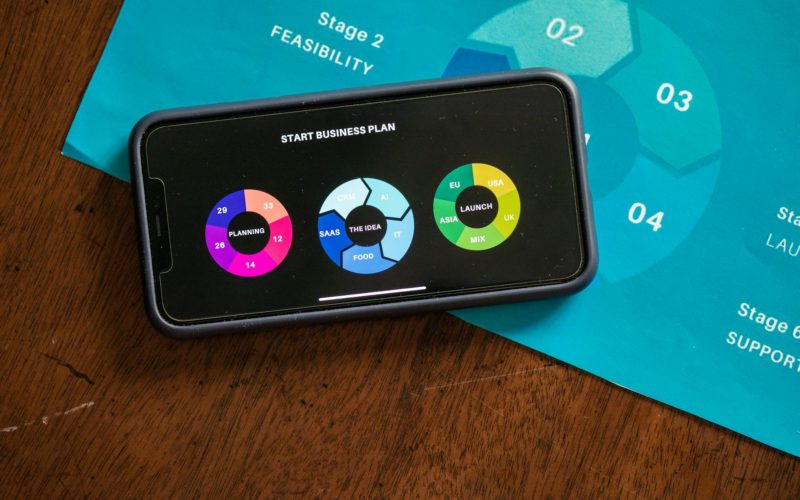The Health Insurance Portability and Accountability Act (HIPAA) is a critical regulation that governs the privacy and security of patient information in the healthcare industry. Compliance with HIPAA is not just a legal requirement but also an ethical obligation to protect the sensitive health data of patients. This article outlines essential guidelines for ensuring HIPAA compliance and safeguarding patient data.
Understanding HIPAA
HIPAA was enacted in 1996 to address the growing concerns surrounding patient data privacy and the portability of health insurance. The act establishes national standards for the protection of health information and includes provisions for the following:
- Privacy Rule: Regulates the use and disclosure of individuals’ health information (Protected Health Information – PHI) by covered entities.
- Security Rule: Sets standards for the safeguarding of electronic PHI (ePHI) against unauthorized access.
- Breach Notification Rule: Requires covered entities to notify affected individuals and the Department of Health and Human Services (HHS) in case of a data breach.
- Enforcement Rule: Outlines the procedures for investigations and penalties for violations.
Key Guidelines for HIPAA Compliance
1. Identify Covered Entities and Business Associates
Understanding who is subject to HIPAA is the first step in ensuring compliance. Covered entities include:
- Healthcare Providers: Hospitals, clinics, and individual practitioners who transmit health information electronically. Organizations that choose hospital billing services must also ensure that their third-party billing partners comply with HIPAA regulations to protect patient data.
- Health Plans: Insurance companies and health maintenance organizations (HMOs).
- Healthcare Clearinghouses: Entities that process nonstandard health information into standard formats.
Business associates are third-party vendors who handle PHI on behalf of covered entities, such as billing companies and IT service providers.
2. Implement Administrative Safeguards
Administrative safeguards are crucial for managing and overseeing the use of PHI. Key components include:
- Risk Assessment: Conduct regular assessments to identify vulnerabilities in your systems and processes.
- Policies and Procedures: Develop and implement written policies for data protection and privacy compliance.
- Training and Awareness: Provide ongoing training to employees about HIPAA regulations and data security practices.
- Incident Response Plan: Establish a protocol for responding to data breaches or violations of patient privacy.
3. Ensure Physical Safeguards
Physical safeguards involve securing the physical locations where PHI is stored or accessed. Important measures include:
- Controlled Access: Restrict access to areas where PHI is stored to authorized personnel only.
- Workstation Security: Ensure that workstations with access to ePHI are located in secure areas and are protected from unauthorized access.
- Device Security: Implement measures such as encryption and lock-screen features on devices that store or transmit ePHI.
4. Implement Technical Safeguards
Technical safeguards focus on the protection of ePHI through technology. Key elements include:
- Access Controls: Use unique user IDs and passwords to restrict access to ePHI. Implement multi-factor authentication for additional security.
- Audit Controls: Maintain logs of access to ePHI to track who accessed what information and when.
- Encryption: Encrypt ePHI during storage and transmission to protect it from unauthorized access.
- Data Backup: Regularly back up ePHI to ensure that data can be restored in case of loss or corruption.
5. Develop and Enforce Privacy Policies
Privacy policies are essential for informing patients about their rights regarding their health information. Key aspects include:
- Notice of Privacy Practices (NPP): Create and distribute an NPP that explains how patient information may be used and disclosed, as well as patients’ rights.
- Patient Consent: Obtain consent from patients before sharing their information with third parties, except in specific situations allowed by HIPAA.
- Right to Access: Allow patients to request access to their health records and make amendments if necessary.
6. Conduct Regular Compliance Audits
Regular audits are necessary to assess compliance with HIPAA regulations. Auditing helps identify areas for improvement and ensures that security measures are functioning effectively. Key steps include:
- Review Policies and Procedures: Regularly review and update your compliance policies to reflect current regulations and best practices.
- Assess Risk: Continuously evaluate potential risks to ePHI and implement appropriate safeguards.
- Monitor Employee Compliance: Conduct assessments of employee adherence to HIPAA training and policies.
7. Prepare for Breaches
Despite best efforts, breaches can occur. Having a solid breach response plan is essential. Important elements include:
- Breach Detection: Implement mechanisms to detect breaches quickly, such as monitoring systems for unauthorized access.
- Notification Procedures: Develop a plan for notifying affected individuals, the HHS, and, if necessary, the media within the required time frames.
- Mitigation Steps: Take immediate actions to mitigate the effects of a breach and prevent future incidents.
Conclusion
HIPAA compliance is a complex yet essential aspect of healthcare operations that protects patient data and fosters trust in the healthcare system. By implementing the above guidelines, healthcare providers can significantly reduce the risk of data breaches and ensure the confidentiality, integrity, and availability of patient information. Continuous education, proactive measures, and diligent monitoring are vital to maintaining compliance and upholding the standards set forth by HIPAA. Prioritizing patient privacy not only adheres to legal obligations but also enhances the quality of care and strengthens the patient-provider relationship.












